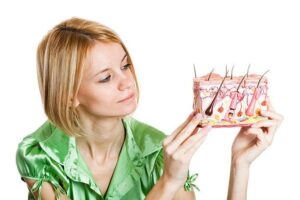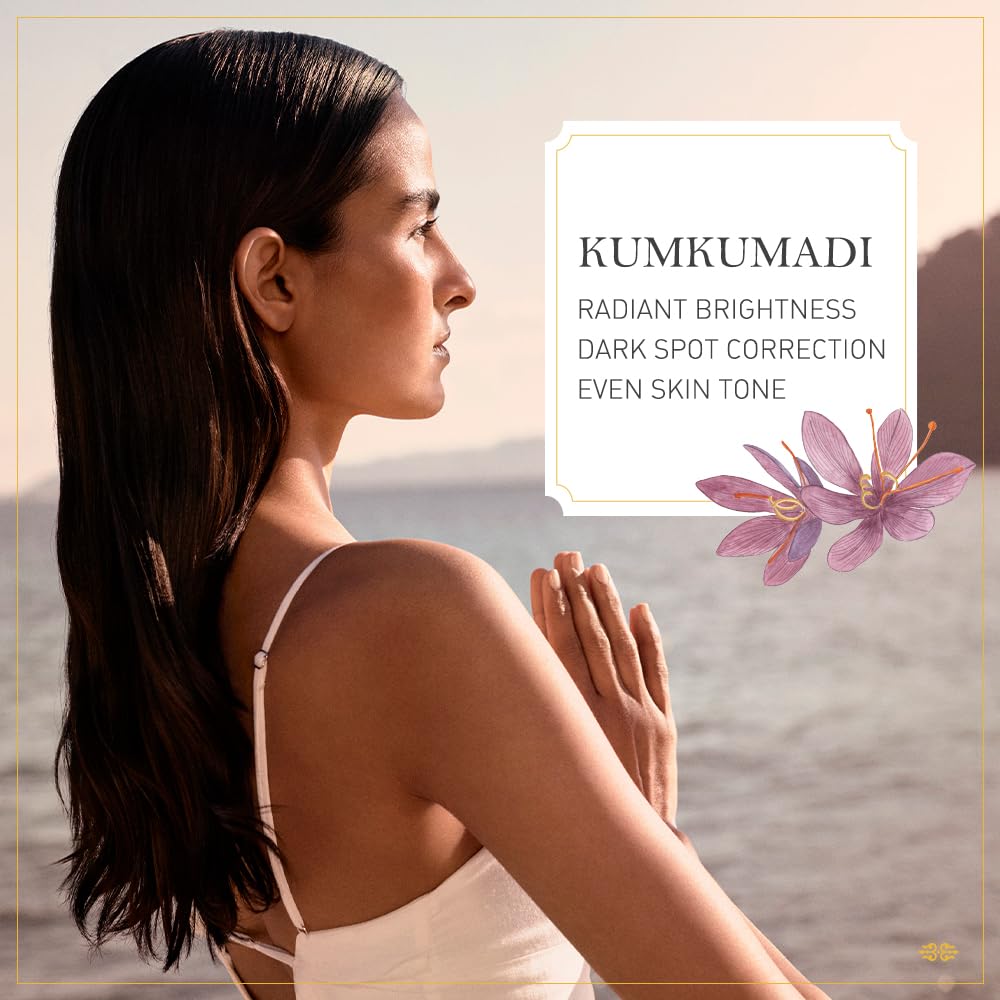Introducing the amazing power of glass skin, which has been used by Hollywood celebrities and others for years in an effort to achieve a better complexion. This technique is not only safe and effective but also relatively affordable.
The benefits of using glass skin include a more even skin tone, fewer wrinkles, and a more youthful appearance.
Introducing glass skin, which has recently become a popular choice for those who want to have a more attractive appearance. There are several advantages to having glass skin, including the fact that it is non-porous and thus resistant to infection and that it is lightweight, making it easier to wear makeup and garments.
1. Understing Your skin’s physiology
To understand how to get glass skin, it’s important to understand your skin’s physiology. Here’s a quick breakdown: the skin is the largest organ in the human body and is made up of three main layers: the epidermis (the outermost layer), the dermis (the middle layer), and the subcutaneous tissue or hypodermis (the innermost layer).
Glass skin, which is the Korean skin-care routine that is trending all over social media, is the secret to having hydrated, glowing and poreless skin.
This type of skin is so desired because it looks healthy, youthful and super radiant. The Korean skin-care routine that is taking over social media is the secret to having hydrated, glowing and poreless skin, which we all long for. But what exactly is this phenomenon?
Every person has their own specific skin type. This means that some will have oilier skin, while others will have drier skin. Some will be more acne-prone while others will have fewer breakouts.
It’s important to understand your own specific skin type because it will help you to better understand how to properly take care of it and what kind of products you should use.
And while it might seem high-maintenance, the steps are actually pretty straightforward — and they work. Here, Dr Wu breaks down the exact regimen you need to get glass skin of your own.
2. The Layers of Skin
There are three main layers of our skin
1. Epidermis-:
- This is the topmost layer. It is thin in some parts of our body, such as below our eyes, and thicker in a few areas such as the hands and soles of our feet. It undergoes constant renewal, regenerating itself about every twenty-eight days.
- These new skin cells are formed in the stratum basale (the lowermost layer of the epidermis), which then travel to the topmost layer and are shed. This regeneration is much faster in infants and slows down as we grow older. Hence, our skin heals from cuts and bruises much quicker when we are younger.
- The epidermis also gives our skin its colour by producing melanin.
2. Dermis-:
- This deeper layer has many functions. It contains blood vessels, which carry oxygen and important nutrients to the skin; sweat glands, which regulate our body temperature; oil glands, which produce sebum and keep our skin soft and smooth; multiple nerves for sensations; and one of the most important things—collagen and elastin, which are responsible for giving firmness to our skin.
3. Subcutaneous fat-:
- This is the third layer of our skin, which is also known as the hypodermis. It stores fat, muscle, blood vessels and nerve cells, and mainly acts as an insulator and regulates body temperature.
The Colour of Your Skin Our skin-:
- colour is determined by the pigment melanin. The production of melanin varies among individuals and depends on their genetic make-up. The more melanin your skin makes, the more pigmented your skin colour will be.
- Melanin protects you from harmful UV radiation and, hence, is responsible for giving you a tan or a burn. In 1975, the useful Fitzpatrick skin typing system was invented by Thomas B. Fitzpatrick, a dermatologist from Harvard Medical School, to determine skin type according to the amount of melanin pigment in it and the effect of exposure to UV radiation.
- This system helps predict if an individual is at risk of having a sunburn or a tan. Skin with little melanin has lower protection from UV rays and is at a higher risk of burning. Increased risk of burning means a higher risk of cancer. The more melanin (dark-brown pigment) a person has, the darker their skin will be and the higher the likelihood of their skin getting tanned rather than burnt; there’s also a lower risk of cancer.
- This skin type also has a higher risk of developing post-inflammatory hyperpigmentation (brown spots) after injury/acne. This is a summary of Fitzpatrick’s skin types:
| Type | features of unexpected skin | Tanning and Burning |
| 1 | Very pale skin, often with green or blue eyes and fair or red hair | Burns without tanning |
| 2 | White skin, often with blue eyes | Burns and does not tan easily |
| 3 | Fair skin with brown eyes and brown hair | Burns first, then tans |
| 4 | Light brown skin, dark eyes and dark hair | It Burns a little and tans easily |
| 5 | Brown skin, dark eyes and dark hair | Easily tans to a darker colour and rarely burns |
| 6 | Dark brown or black skin, dark | Never burns but tans darker |





